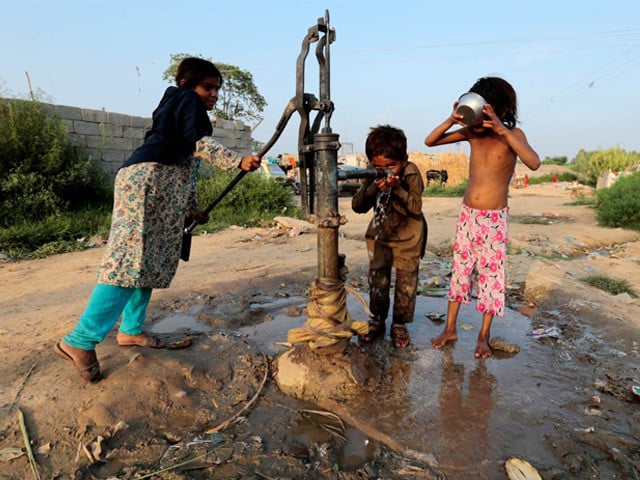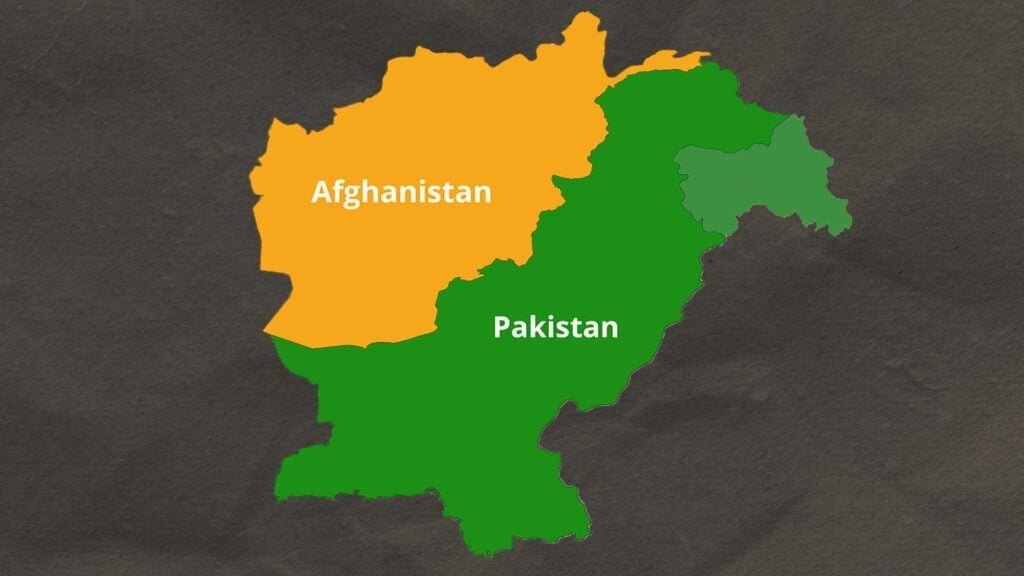Pakistan’s banking sector is grappling with a systemic issue of credit concentration, where a disproportionate share of bank loans is concentrated in the hands of a few large borrowers. As of 2023, Pakistan’s commercial banks collectively reported Rs13 trillion in gross advances, of which a staggering Rs3.2 trillion, or approximately 25 percent, was directed towards the top ten borrowers in each bank. This reveals a troubling reliance on a small number of large clients, creating an environment fraught with risk in an already fragile financial system.
The issue is often framed as a result of sovereign borrowing needed for deficit financing, which supposedly limits the availability of credit for other sectors. However, this perspective overlooks the deeper structural problems at play. Large private sector sponsor groups dominate the credit landscape, absorbing a substantial share of advances, a trend that affects both public and private sector banks equally. The issue of credit concentration is thus systemic, not limited to specific types of institutions.
To further illustrate the extent of concentration, the five largest banks in Pakistan, often referred to as the “Big-5,” hold 45 percent of the industry’s advances. Within this group, 26 percent of total advances are allocated to the banks’ top ten borrowers, underscoring the level of dependency on a small number of clients. Among these, Allied Bank stands out as the most extreme example, with an alarming 46 percent of its gross advances tied up in the top ten borrowers. In contrast, MCB Bank adopts a more conservative lending approach, with only 15 percent of its advances concentrated in the top ten borrowers, which is notably below the industry average.
Public sector banks, however, fare worse. These banks, which account for 20 percent of total industry advances, have a significant 31 percent of their loans concentrated in their top ten borrowers. While the National Bank of Pakistan (NBP) performs better than its counterparts, with 27 percent of its loan book allocated to its top ten borrowers, provincial banks like the Bank of Khyber and Sindh Bank suffer from even worse figures. For these institutions, an astonishing 48 percent of their loan books are concentrated in their top ten exposures, further highlighting the lack of diversification within the public sector.
Islamic banks, which represent 17 percent of the total advances in Pakistan, also struggle with credit concentration. A significant 30 percent of their total loans are concentrated among their top ten borrowers. MCB Islamic and Faysal Bank Islamic are among the worst performers in this segment, with 43 percent of their advances allocated to their top ten clients. Interestingly, Meezan Bank, the largest Islamic bank in Pakistan, fares better with only 21 percent of its loan book concentrated in its top borrowers. While this performance is commendable, it underscores the broader issue that even within niche sectors like Islamic banking, credit concentration remains a critical challenge.
The worst performer in terms of credit concentration is Standard Chartered, a foreign-owned bank operating in Pakistan. With 67 percent of its gross advances—Rs95 billion out of Rs241 billion—allocated to just its top ten borrowers, this multinational bank exemplifies the vulnerability created by over-reliance on a small number of clients. Despite its sophisticated risk management framework, Standard Chartered is not immune to the pervasive problem of credit concentration that undermines the stability of Pakistan’s banking sector.
In contrast, Bank Alfalah emerges as the most impressive performer in terms of diversification. With only 8 percent of its advances concentrated in its top ten borrowers, Bank Alfalah’s approach demonstrates that credit concentration is not an unavoidable outcome. This bank’s ability to maintain a diversified loan book challenges the narrative that credit concentration is driven solely by external factors such as collateral adequacy or regulatory constraints. Instead, Bank Alfalah’s success highlights the importance of proactive risk management and a commitment to diversified lending as strategies for mitigating concentration risks.
The concentration of credit within Pakistan’s banking sector poses significant concerns about systemic risk and financial stability. When a substantial portion of a bank’s loans is concentrated in a small number of borrowers, the bank becomes more vulnerable to defaults, especially in a volatile economy characterized by political instability, sluggish growth, and high inflation. In addition, the lack of meaningful variation in performance between public, private, and Islamic banks suggests that credit concentration is not merely a result of market forces or institutional size but a sector-wide failure to adopt diversified lending practices.
Bankers often defend the practice of credit concentration by citing factors like collateral adequacy and regulatory constraints. However, the stark differences in performance between institutions such as Bank Alfalah and others like Allied Bank or Standard Chartered suggest that these justifications are insufficient. The ability of some banks to maintain a diversified loan book despite these challenges underscores the need for stronger risk management policies and a more innovative approach to lending.
The broader economic implications of credit concentration are also significant. When a large portion of credit is concentrated in a few large sponsor groups, smaller and medium-sized enterprises (SMEs)—which are vital drivers of economic growth and employment—struggle to access financing. This situation limits innovation, perpetuates economic inequality, and strengthens the dominance of large corporate entities. The preferential treatment these entities receive from banks further entrenches a cycle where the economy is largely dependent on a few large players, with little room for broader growth.
Addressing the issue of credit concentration requires a multifaceted approach. First, regulators must implement stricter guidelines on credit concentration and ensure that compliance is rigorously enforced. This could include introducing caps on the percentage of total loans that can be directed towards the top ten borrowers of each bank. Additionally, banks should invest in enhancing their credit assessment frameworks, which would help them identify and mitigate the risks associated with concentrated lending. Encouraging competition within the banking sector could also play a crucial role in fostering diversification, as banks would be incentivized to explore new markets and lend to previously underserved sectors of the economy.
Ultimately, the persistence of credit concentration in Pakistan’s banking sector is a reflection of broader governance and accountability issues. Banks must move beyond short-term profit motives and focus on long-term sustainability. This shift will not only make individual banks more resilient but will also contribute to the overall stability and growth of the economy. The example set by Bank Alfalah illustrates that it is possible to achieve diversification, but only if all stakeholders—banks, regulators, and policymakers—work together to ensure that such practices become the industry norm.
In conclusion, credit concentration remains a pervasive and systemic issue in Pakistan’s banking sector. Whether in public, private, Islamic, or foreign-owned institutions, the problem threatens the stability of the entire financial system. While some banks demonstrate that diversification is possible, the majority of institutions continue to rely heavily on a small group of borrowers. For Pakistan’s economy to achieve sustainable growth and financial stability, addressing the challenge of credit concentration must become a top priority for regulators, bankers, and policymakers alike.















